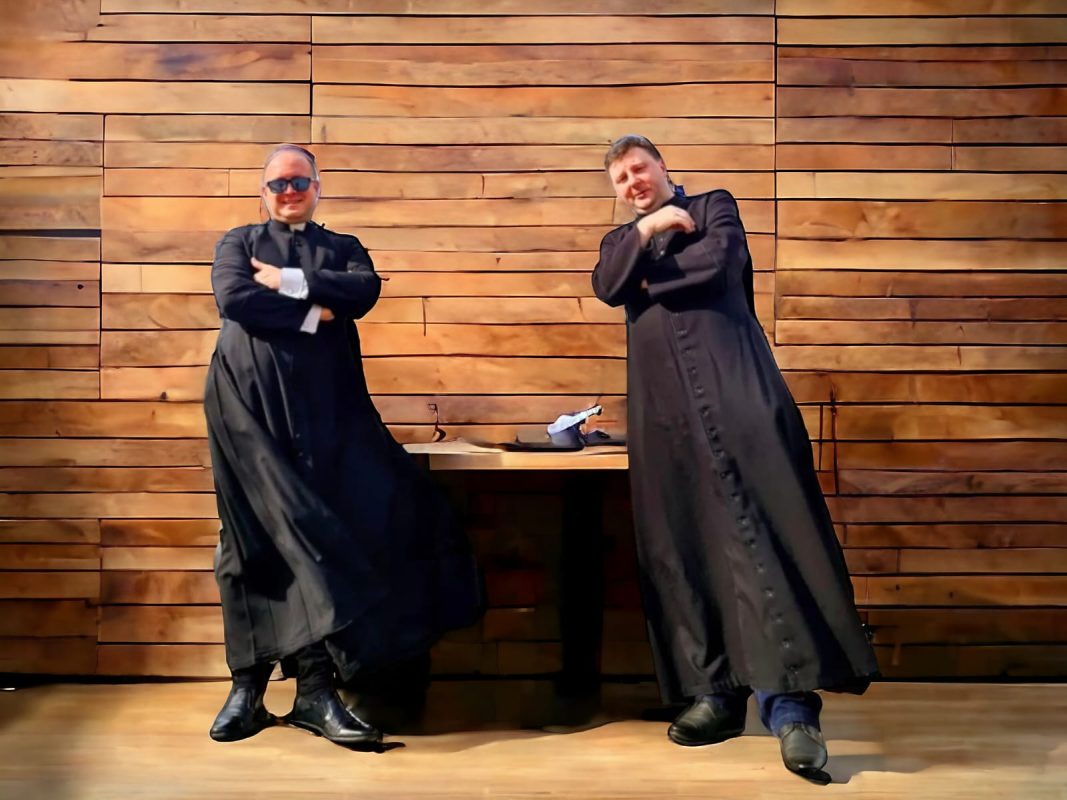Clergy Robes for Men
What do priests wear?
Exquisite Priest Attire for Sacred Occasions
Priests hold a revered position in many religious traditions, serving as intermediaries between the divine and the human realm. One aspect of their role that often captures curiosity is their attire. What do priests wear? This question unravels a rich tapestry of tradition, symbolism, and cultural significance. See here deeper into the world of priestly clothing.
Introduction to Priest Attire
Clergy cassock, often referred to as vestments, varies significantly across different religious denominations and cultures. These garments are not merely clothing but carry profound symbolic meanings, reflecting the spiritual authority and responsibilities vested in priests.
Historical Evolution of Priestly Clothing
The history of Clergy Attire traces back to ancient civilizations, where religious leaders adorned specific garments to distinguish themselves during rituals and ceremonies. These early traditions laid the groundwork for the elaborate vestments seen in modern times.
Influence of Different Cultures and Religions
Over centuries, the evolution of Priestly Clothing has been influenced by diverse cultures and religions. Each civilization contributed its unique styles and symbols, resulting in a rich tapestry of attire that reflects the global diversity of religious practices.
Symbolism Behind Priestly Attire
Priestly vestments are laden with symbolism, with each garment representing spiritual concepts and theological principles. Understanding the significance behind these garments adds depth to religious rituals and ceremonies.

Types of Priestly Clothing
Priestly attire encompasses a variety of garments, each serving a specific purpose in religious ceremonies and rituals.
Clergy Cassock
The cassock, a traditional garment worn by clergy members, holds profound symbolism within religious communities worldwide. This ankle-length robe, often black, symbolizes humility, piety, and dedication to God’s service. Its simple yet dignified design reflects the solemnity of the priesthood, serving as a visual reminder of the priest’s commitment to their faith and calling. With its rich history and timeless significance, the cassock continues to be a revered symbol of spiritual devotion and reverence.
Clergy Alb
The clergy alb, a long, white robe worn by priests and ministers, embodies purity and simplicity in religious attire. Derived from ancient Roman tunics, the clerical alb symbolizes the priest’s readiness to serve at the altar of God. Its loose-fitting design allows for ease of movement during religious ceremonies, while its pristine white color reflects the priest’s commitment to purity of heart and intention. As a timeless symbol of humility and devotion, the clergy alb remains a cornerstone of sacred vestments in Christian worship.
Clergy Surplice
The clergy surplice, a loose-fitting white garment adorned with intricate lace or embroidery, is a symbol of purity and reverence in Christian liturgy. Worn over the alb, it signifies the priest’s role as a servant of God and mediator between the divine and the congregation. With its graceful design and ethereal presence, the surplice adds a touch of solemnity to religious ceremonies, embodying the timeless beauty of spiritual devotion and sacred tradition.
Clergy Chimere
The clergy chimere, a ceremonial robe worn by bishops and certain high-ranking clergy members, exudes dignity and authority. Typically adorned with intricate designs and symbols, the chimere symbolizes the hierarchical structure of the church and the sacred responsibilities entrusted to its leaders. Its regal appearance commands respect and reverence, serving as a visual representation of the clergy’s divine calling and spiritual authority. With its rich history and symbolic significance, the chimere remains an emblem of honor and solemnity in religious rituals and ceremonies.
Differences Among Various Religious Denominations
While many aspects of priestly attire are universal, there are notable differences among various religious denominations. These differences reflect theological distinctions and cultural preferences.
Modern Adaptations and Trends in Priestly Attire
In recent years, there has been a resurgence of interest in traditional forms of priestly clothing, alongside efforts to incorporate contemporary styles and fabrics. This reflects a balance between honoring tradition and adapting to the needs of modern worshipers.
Challenges and Controversies Surrounding Priestly Clothing
Despite the reverence accorded to priestly attire, it has not been immune to controversies. Debates have arisen over the appropriateness of certain styles and the expense involved in maintaining elaborate vestments.
Priestly attire embodies centuries of tradition, symbolism, and cultural significance. From the humble cassock to the resplendent mitre, each garment carries profound meaning, reflecting the sacred duties entrusted to those who wear them.
The Emblem of Clergy
The cassock is a long, ankle-length robe worn by priests, serving as a symbol of their clerical identity. Its origins trace back centuries, reflecting tradition and religious symbolism. Often black in color, the cassock represents humility and devotion to the divine calling.
The Symbol of Purity
Underneath the cassock, priests typically wear an alb, a white robe signifying purity and innocence. This garment symbolizes the priest’s readiness to serve in the sacred rites of the Church. Its simplicity emphasizes the focus on spiritual duties rather than worldly distractions.
Emblem of Authority and Service
The stole is a long, narrow strip of fabric worn around the neck, serving as a visible sign of the priest’s authority to administer sacraments. Its color varies depending on the liturgical season, with purple symbolizing penance, red representing martyrdom, white symbolizing joy and purity, and green symbolizing hope and growth.
Garment of Celebration
During liturgical celebrations, priests wear the chasuble, a sleeveless outer garment worn over the alb and stole. This colorful vestment symbolizes the priest’s role as a celebrant of the Eucharist and signifies the festive nature of the occasion.
The Symbolism Behind the Attire

The attire worn by priests reflects centuries of tradition and continuity within the Church. Through their clothing, priests connect with the rich history of their faith and embody the timeless values it represents.
Each piece of priestly attire carries deep spiritual significance, reminding priests of their sacred calling and responsibilities. From the humility of the cassock to the purity of the alb, these garments serve as constant reminders of the priest’s commitment to serving a higher purpose. What do priests wear?
Visual Representation of Authority
Priestly attire also serves as a visual representation of the authority vested in the clergy. The distinctive clothing worn by priests distinguishes them as ordained ministers within the Church and reinforces their role as spiritual leaders in their communities.
The attire worn by priests is not merely clothing but a symbolic representation of their faith, service, and authority. From the humble cassock to the celebratory chasuble, each garment carries deep meaning and significance within the context of religious tradition. Understanding the symbolism behind priestly attire provides insight into the sacred role priests play within the Church and their ongoing commitment to serving God and their communities. What do priests wear?

 Clergy Robes for Men
Clergy Robes for Men Clergy Robes for Women
Clergy Robes for Women Clergy Shirts for Men
Clergy Shirts for Men Clergy Shirts for Women
Clergy Shirts for Women